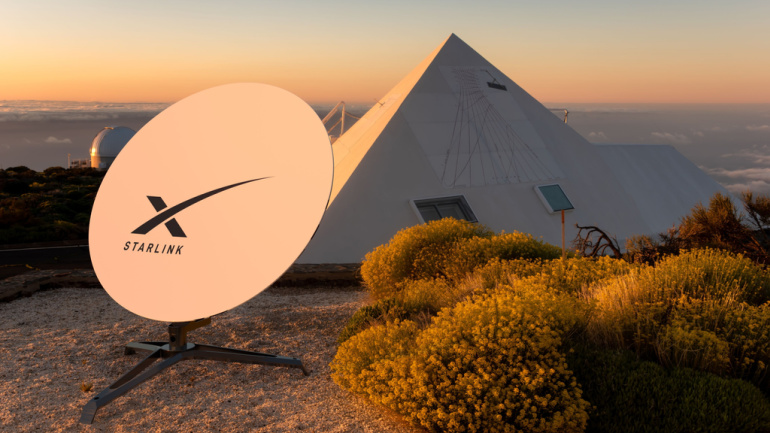T-Mobile is collaborating with SpaceX to expand its network coverage. Last week, the two businesses announced that they will collaborate to provide extensive cellular access, including full coverage in most parts of the United States.
The collaboration seeks to beam down connectivity using SpaceX’s fleet of low Earth orbit satellites for the benefit of T-Mobile customers. With this initiative, T-Mobile consumers should be able to connect to the SpaceX satellites through a new network, transmitted from Starlink’s satellites utilizing T-Mobile’s midband spectrum across the country. SpaceX currently provides home internet access globally through its Starlink program.
Even though T-Mobile hasn’t yet provided details on the network’s deployment, the company claims that this collaboration should provide nearly complete coverage almost anywhere in the US. The two companies intend to provide this service in order to replace the use of satellite phones in off-the-grid locations such as national parks or remote mountainous terrain. Approximately 500,000 square kilometers of the US currently lack terrestrial mobile connectivity. According to T-Mobile, all of these areas might be included in the new agreement.
SpaceX Chief Engineer Elon Musk said: “The important thing about this is that it means there are no dead zones anywhere in the world for your cell phone. We’re incredibly excited to do this with T-Mobile.”
“We’ve always thought differently about what it means to keep customers connected, and that’s why we’re working with the best to deliver coverage above and beyond anything customers have ever seen before. More than just a groundbreaking alliance, this represents two industry-shaking innovators challenging the old ways of doing things to create something entirely new that will further connect customers and scare competitors,” commented Mike Sievert, CEO of T-Mobile.
A beta service will be accessible in certain locations by the end of 2023, with those services initially restricted to texting and messaging. Voice and data capabilities will be introduced later. While initially intended to service customers in the United States, the partners want to expand this connectivity effort globally in the future, with T-Mobile providing reciprocal roaming access to carriers that participate in the program.







